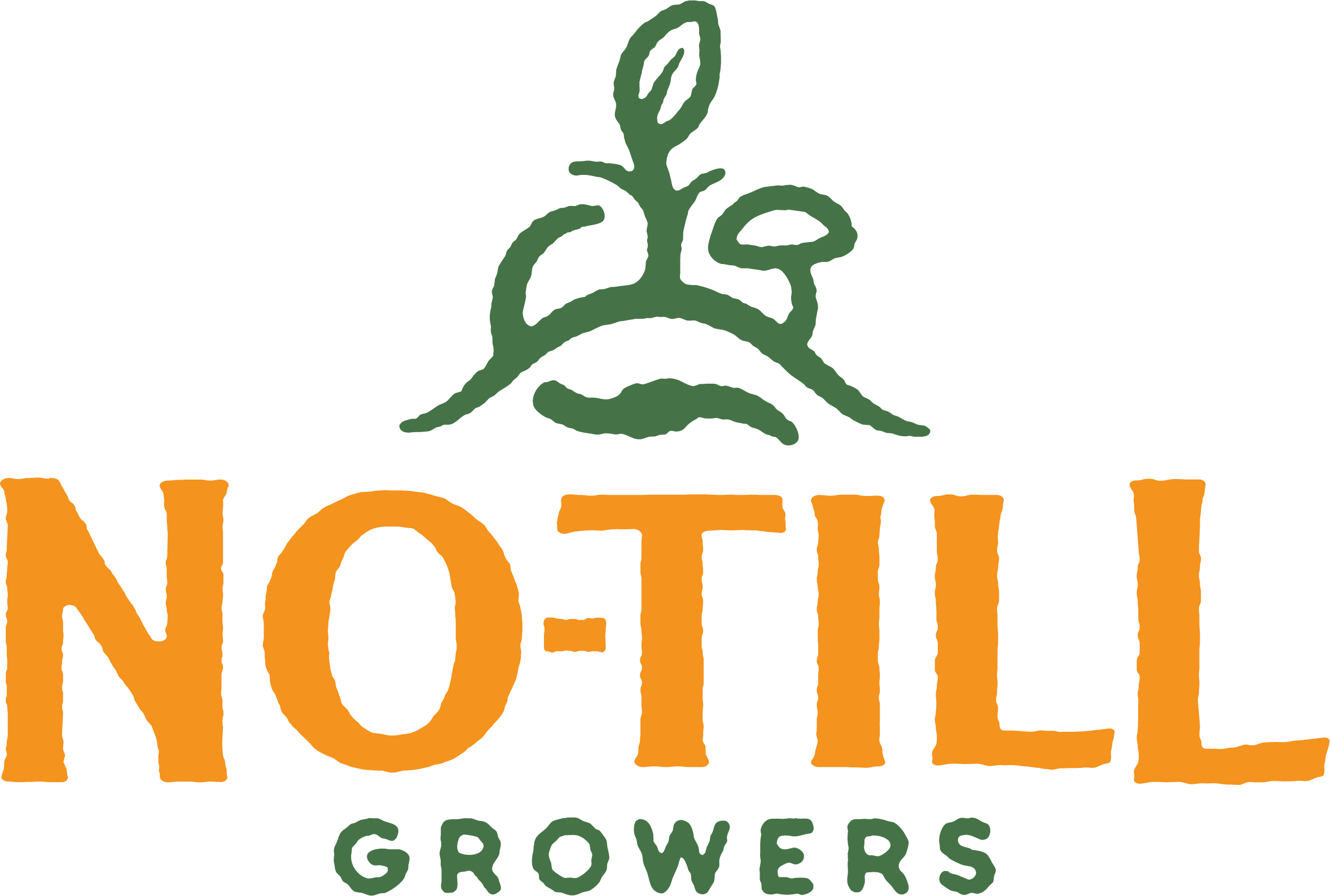A Short List of Every No-Till Method and Who Uses Each
There are so many ways to not till a market garden… it can be somewhat dizzying. That said, the different (known) systems can more or less be placed into a few different categories, which is what I have attempted to do here (with lots of links). Not that I think it’s necessary—or even a good idea—to categorize approaches for long term discussion/comparison. I do, however, believe it is helpful to see all of the options together, and to see real-life examples, to begin to digest the different ways one can go about no-till.
For instance, until I heard of this podcast with Singing Frogs, I assumed no-till was only straw or hay mulch. Period. When I learned just one way of seeing it differently, and then another, and so on (30 some interviews later), I was able to start developing my own systems based on those models. So, that is what I hope to do here—no-till takes many different forms, and it’s good to know what those forms are so you can begin to create your own.
Deep Compost Mulch
A heavy layer of compost is laid atop the garden beds at rates anywhere between 2 and 8 inches. Seeds or transplants are put directly into the mulch.
Growers to look to: Paul and Elizabeth Kaiser of Singing Frogs Farm and Richard Perkins of Ridgedale Permaculture.
Soil Physics Method
Soil is managed by proper mineral and nutrient balancing as well as additions of materials to improve the physical nature of the soil such as peat moss or compost. Regular cultivation is still key to this system. No heavy mulch is used.
Growers to Look to: Conor Crickmore of Neversink Farm and Alex Ekins of Ace of Spades Farm
Straw or Hay Mulch
Hay or straw is applied to soil in large quantities to allow for soil to break down below, retaining moisture and adding organic matter.
Growers to Look to: Urbavore Farm and Susana Lein of Salamander Springs use these methods. Some other (now defunct) examples are this wonderful presentation from Liz Joseph formerly of the Heifeir International Farm and Patrice Gros of Foundation Farm who did an excellent interview with Chris Blanchard.
Roller Crimper
Winter cover crops (generally) are applied in the Fall, then crimped and rolled in the spring. Seed drills or transplanters are often utilized for this method, and it generally lends itself best to larger scales of no-till, because it requires space and time, but not always.
Growers to Look to: Shawn Jadrnicek of Wild Hope Farm and Jeff Moyer who literally wrote the book on the subject.
Covered Cover Crop
Cover crops are utilized, but they are covered with tarps to speed up the process of decomposition.
Growers to Look to: Daniel Mays of Frith Farm
EverBed
The idea is to always have a crop growing in a bed. There is not only a lot of interplanting but year-round production. An example would be: celery, then that is interplanted with lettuce right before harvest, which is then interplanted with green onions right before lettuce harvest, which is then interplanted with winter kale right before onion harvest, which is then replanted with tomatoes right before seed harvest the following Spring. Whew. And so on. Compost is lightly applied between plantings. (I’ll write a dedicated post on EverBedding soon.)
Growers to Look to: I guess us—Rough Draft Farmstead—but I know Singing Frogs uses a similar principle, and Ace of Spades has experimented with it.
Lasagna Gardening
Layers of carbon are covered with layers of manure or compost, then they are either seeded into with cover crops for a few months or covered and allowed to breakdown before planting. Additional layers may be added yearly.
Growers to Look to: Jared Smith of Jared’s Real Food, but this is a permaculture concept. Jared is one of the few people I’ve come across doing it on a commercial scale.
Unique to Place
Okay, every method is unique to its place, but some stand out from all the rest for specific reasons. They are developed generally out of available materials or ideologies and are unlike the other systems.
Growers to Look to: Kristyn Leach of Namu Farm (also an interesting seed co.) and Bryan O’Hara of Tobacco Road Farm, both using unique systems developed for their specific regions, crops, and philosophies. It’s good to study them to see how unique these approaches can be and develop over time.
Hybrids
There are a lot of growers, like myself, who hybridize their systems ,so it is hard to include them in one place. But a hybrid system is simply taking two or more of the above systems and smashing—or kneading—them together.
Growers to Look to: though almost all of these growers do hybridize to some extent, one that stands out is Steven Cornett Nature’s Always Right who started with lasagna and does a little bit of deep mulching and physics balancing. Also, Ben Hartman and Jean Martin Fortier use hybridizations of deep mulch and others.
Back-to-Eden
Wood chips are placed over the soil as a mulch, and generally row cropped (as opposed to intensive beds). Not common on commercial scale to my knowledge.
Growers to Look to: Paul Gautschi is the one who popularized this style. Let us know if you come across any growers utilizing this style commercially.
Perennial Cover Cropping
Crops are planted directly into seasonal, low-growing perennial cover crops.
Grower to Look to: Dr. Elaine Ingham has been pushing this idea for a long time, and it is certainly intriguing, but I have yet to come across a grower who utilizes it commercially. Let me know if you know of anyone, we’re really interested in seeing this work in real-time.
